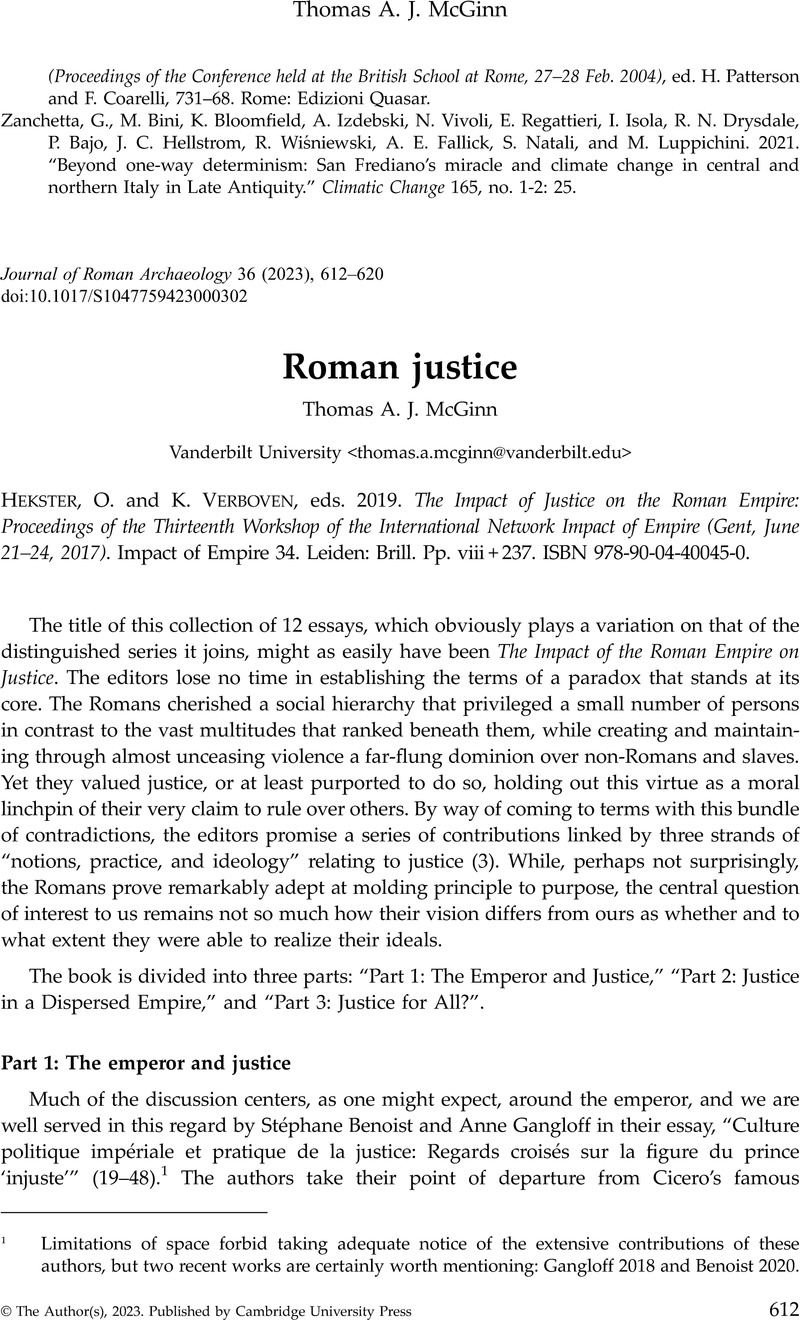Schiavone, A. (transl.
Carden, J. and
Shugaar), A..
2012.
The Invention of Law in the West.
Cambridge, MA:
Harvard University Press. Originally published as
Ius: l'invenzione del diritto in Occidente. Turin: Giulio Einaudi Editore (2005).
Google Scholar 